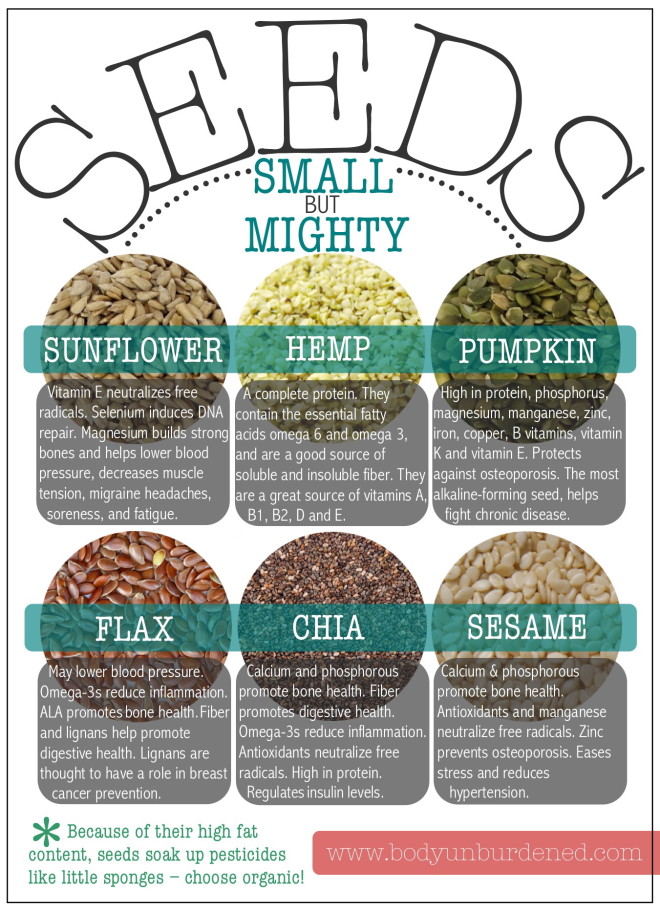Many health and wellness professionals are touting the benefits of intermittent fasting. In this article, we will examine exactly what the process is and how you can use it to optimize your health.
Fasting Basics
Before delving into the details, we need to understand fasting in general. Fasting is defined as “steady abstinence of food and beverages, ranging from 12 hours to one month. It may require complete abstinence, or allow a reduced amount of food and beverages” (1).
From this explanation, we can see that fasting is a normal part of the human experience. You fast every night when you go to bed and the first meal of the day breaks the fast, hence the term “breakfast.” Now that you understand the core principles of fasting we can move on to intermittent fasting.
How is Intermittent Fasting Different?
Everyone fasts throughout the day. Intermittent fasting is a more controlled approach. Later in this article, we will explore a few different intermittent fasting techniques. Before we do, I want you to understand how it helps you improve your health.
What does intermittent fasting do to help the body?
Most people are aware of the fact that their bodies release insulin any time they eat sugar. It’s true that insulin controls sugar. However, what you may not know is that insulin is released EVERY time you eat.
Insulin stays in the blood for anywhere from 30 minutes to 4 hours (2). The longer you go without eating, the less insulin will be in your blood. It is replaced by human grown hormone, or HGH, for short. Human growth hormone is essential in many bodily processes. Let’s look at what it does.
How does HGH impact my health?
Many people heard of HGH through different doping scandals in the MLB. The athletes took it to be more muscular or enhance their athletic performance. However, those aren’t the only things HGH can do. Here’s a quick glimpse into its other purposes:
- Cell regeneration,
- Cell reproduction,
- Maintain, build, and repair healthy tissue in the brain and other organs,
- Help to speed up healing after an injury,
- Repair muscle tissue after exercise,
- Build muscle mass,
- Boost metabolism, and
- Burn fat. (3)
For this article, we’ll focus on the regenerative properties of HGH.
Where does HGH come from and when is it most abundant?
Like insulin, the amount of HGH in your body fluctuates throughout the day. Science shows that human growth hormone is made and released by the pituitary gland. Its levels rise after three specific activities: exercise, trauma and sleep (4). Sleep is an important thing to remember because the body’s HGH levels are the highest when we first wake up in the morning. Insulin, on the other hand, is at its lowest levels since most people do not eat when they are asleep.
Now that you’re aware of when human growth hormone is most abundant in your body, let’s switch over to the different types of intermittent fasting you can incorporate into your healthy lifestyle.
Popular Intermittent Fasting Methods
Intermittent fasting is a very hot topic in the health and wellness industry and for good reason! Studies are showing that it has numerous benefits in promoting optimal health.
Rather than trying to read an endless number of studies on the topic, this section of the article will explain some of the most prevalent variations. A good starting point is something almost every human being is familiar with counting calories.
Calorie Restriction and the 5:2 Method
When most people think of diets, they think they must dramatically decrease their calorie intake. Yes, you cannot lose weight if you eat more calories than you burn. But, there are ways to make calorie restriction more enjoyable. Let’s look at how that is possible.
The first way to do intermittent fasting is the 5:2 method. For this method, you have 5 days of the week where there are no changes to your eating habits. On the other two days of the week, you restrict your calories to no more than 500 or 600 (5). One important thing to remember is that your fasting days should always have at least one non-fasting day between them. This will prevent the body from going into shock and reverting to extreme calorie storage.
Timed Eating and the 16:8 Method
A second intermittent fasting method is the 16:8 technique. It is the simplest to become accustomed to as it is based off of our normal behavior.
It doesn’t matter who you are or where you live, there are times when you know you must stop eating. A great example is before bed. Most people will not eat anything at least an hour before they need to go sleep. Doing so gives the body time to begin disgesting the food and avoid issues as you sleep.
Hence, the 16:8 method is a highly-refined practice of our every day habits. In timed eating, we use the first number to represent the number of hours we want to be in fasting mode and the second number indicates our eating window. So in the 16:8 method, you’re aiming to fast 16 hours each day and only have an 8-hour eating window.
Again, it is important to state that getting to this point is a matter of practice! You need to think of yourself as the tortoise from Aesop’s fable of the Tortoise and the Hare. Step 1 is taking stock of where you are now. An example is that you eat breakfast every morning at 6AM and finish your dinner at 7PM. That is a 13-hour eating window. Immediately switching to an 8-hour window is not sustainable! Instead, try shaving off 15-minute increments. The following day you can either:
- Eat breakfast at 6:15AM or
- Finish dinner by 6:45PM.
Once you’ve decided on a solution, stick with that for at least 7 days to make it second nature. After that, take off another 15 minutes from your eating window and practice that for another 7 days. Repeat this process until you reach that 8-hour eating window.
Notes about timed eating
Timed eating is a fantastic approach to intermittent fasting because it is very flexible! If a 16-hour fasting window does not feel right, you can always experiment. In the past, I have used a 14-hour fasting window when I know that I have a long shift at work and need to take in calories to maintain my awareness and performance.
One Meal A Day (OMAD)
Last, but not least, there is the “One Meal a Day” or “OMAD” method. As the name suggests, you only eat one meal a day. While possible, it is incredibly important to be very strategic when using this method! Getting all of the nutrients your body needs to perform optimally is critical to successfully incorporating this into your healthy eating lifestyle. Multiple dishes can help you achieve this, including, but not limited to:
- Smoothies,
- Smoothie bowls, and
- Buddha bowls.
These options are fantastic starting points for the OMAD method of fasting because you can add superfoods to them. To avoid going on too long of a tangent, superfoods are foods that have an incredible amount of healthy macronutrients (fats, carbohydrates and protein) and micronutrients (vitamins and minerals. One of my favorite examples is chia seeds. In a 2-tablesppon serving you get omega-3 fatty acids, good carbs (specifically 10 grams of fiber!), iron, calcium, magnesium and so much more!
Final notes on Intermittent Fasting
Intermittent fasting is a great tool in a healthy lifestyle. Hopefully after reading this article you have a better understanding of the technique and are better prepared to begin using it.
Much more research needs to be done on the different ways this eating pattern can improve people’s health. That said, it is very promising and hopefully it can be integrated into the teachings of major health care facilities.



